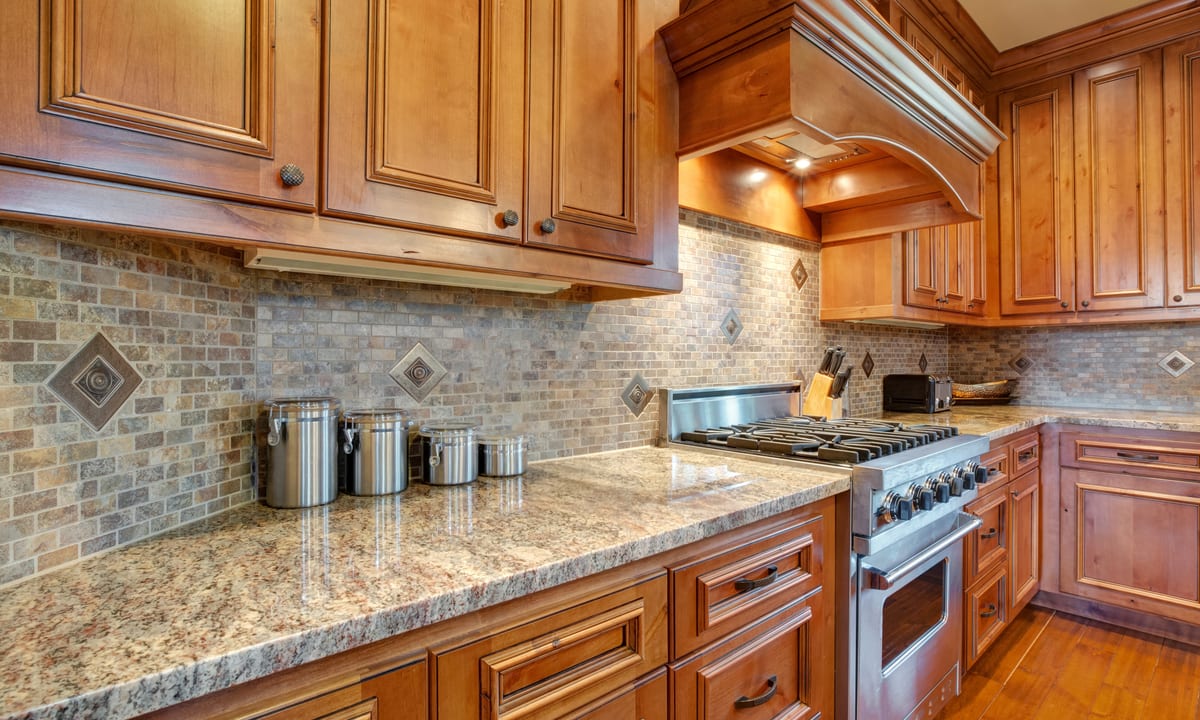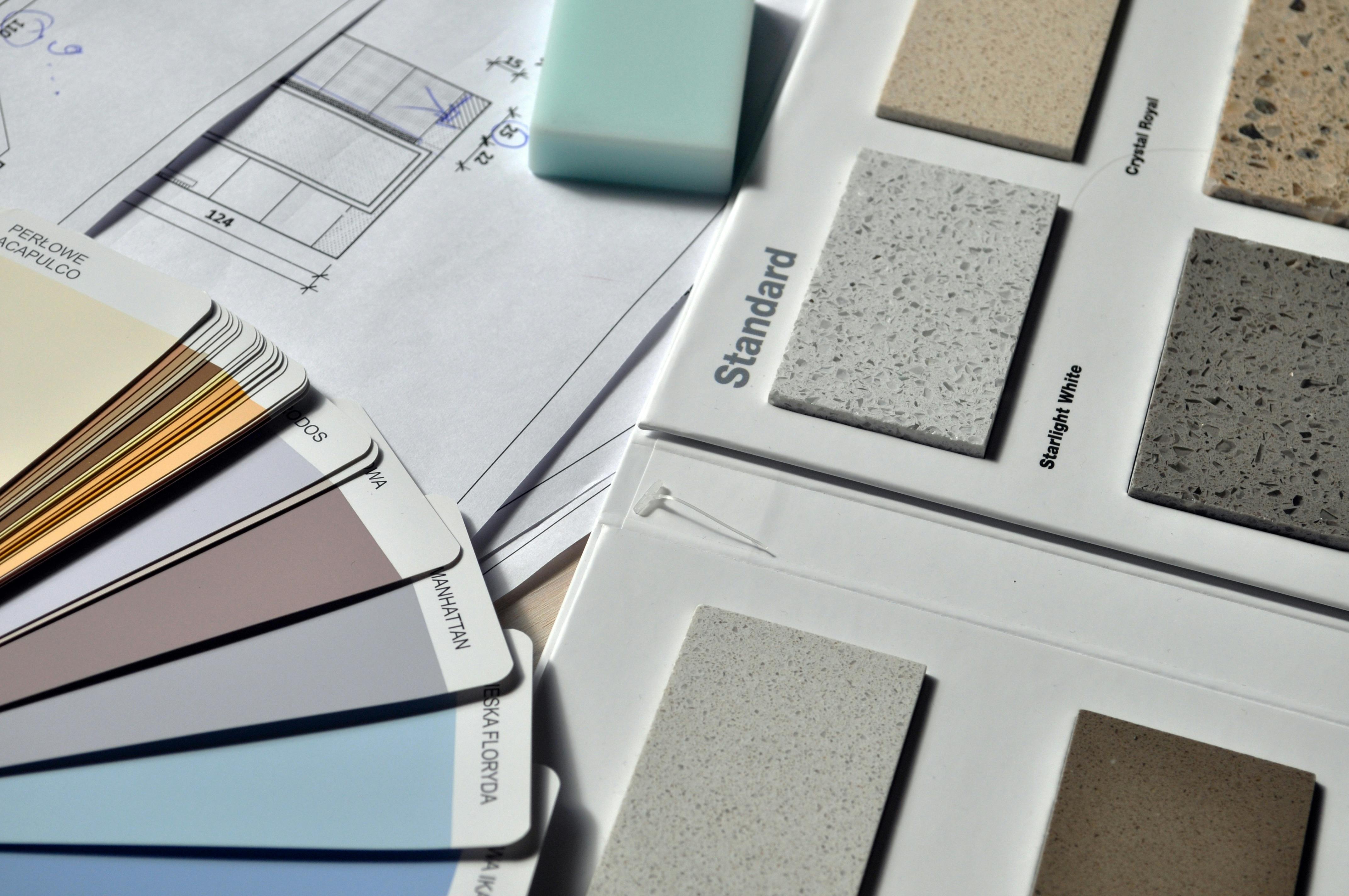Transform Your Space: Discover the Top Kitchen Remodel Trends for 2025 and Beyond
As we approach 2025, kitchen remodeling is evolving rapidly, blending cutting-edge technology with sustainable practices and innovative design. Homeowners are increasingly seeking kitchens that not only look stunning but also function efficiently and align with eco-friendly values. This article explores the most exciting kitchen remodel trends expected to dominate in 2025 and beyond, offering inspiration for those looking to transform their culinary spaces into the heart of the modern home.

What emerging materials are shaping modern kitchens?
The materials used in kitchen design are undergoing a significant transformation. In 2025, we’ll see a rise in the use of sustainable and technologically advanced materials. Engineered stone countertops that mimic natural materials while offering superior durability and lower maintenance are gaining popularity. Nano-materials with self-cleaning properties are also making their way into kitchen surfaces, reducing the need for harsh cleaning chemicals.
Recycled and upcycled materials are becoming more prevalent, with reclaimed wood finding new life in kitchen cabinetry and flooring. Bamboo, known for its rapid growth and sustainability, is emerging as a popular choice for cabinetry and flooring. Additionally, composite materials made from recycled plastics and wood fibers are offering eco-friendly alternatives to traditional materials, combining durability with environmental responsibility.
How is smart technology being integrated into kitchen remodels?
Smart technology integration is revolutionizing kitchen functionality. In 2025, we can expect to see kitchens that are more connected and intuitive than ever before. Smart refrigerators with interior cameras and inventory tracking capabilities will help reduce food waste and streamline grocery shopping. Voice-activated faucets and appliances will make hands-free operation a standard feature, improving hygiene and convenience.
Induction cooktops with integrated scales and temperature sensors will assist in precise cooking, while smart ovens with built-in cameras and recipe guidance will elevate home cooking experiences. Automated waste sorting systems will simplify recycling efforts, and energy management systems will optimize the kitchen’s power consumption, leading to more efficient and cost-effective operations.
What sustainable design choices and eco-friendly trends are emerging?
Sustainability is at the forefront of kitchen design trends for 2025 and beyond. Energy-efficient appliances are becoming the norm, with a focus on those that carry the highest energy ratings. Water-saving fixtures, such as low-flow faucets and dishwashers with water recycling capabilities, are gaining traction among environmentally conscious homeowners.
Natural and passive lighting solutions are being prioritized to reduce reliance on artificial lighting during daylight hours. Skylights and larger windows are being incorporated into kitchen designs to maximize natural light. Additionally, indoor herb gardens and vertical plant walls are not only adding a touch of nature to kitchens but also promoting sustainable, locally-grown produce.
How are creative storage solutions maximizing kitchen space?
In 2025, kitchen storage is all about maximizing space efficiency without compromising on aesthetics. Pull-out pantries that occupy narrow spaces between appliances are becoming increasingly popular, offering ample storage in a compact footprint. Modular and adjustable shelving systems allow homeowners to customize their storage based on changing needs.
Hidden storage solutions, such as toe-kick drawers beneath base cabinets and pop-up shelves for small appliances, are helping to declutter countertops and maintain a sleek appearance. Multi-functional islands with built-in storage, seating, and even convertible workspaces are addressing the growing need for versatility in kitchen design.
What color palettes and finishes are defining 2025 kitchens?
The color palettes for 2025 kitchens are moving towards warmer, more natural tones that create a welcoming and comforting atmosphere. Earthy hues such as sage green, terracotta, and warm browns are gaining popularity, often paired with neutral backgrounds to create depth and interest. Matte finishes are taking center stage, offering a sophisticated alternative to glossy surfaces.
Mixing materials and textures is becoming a key trend, with combinations like matte cabinets paired with textured backsplashes or smooth stone countertops contrasted with rough-hewn wood elements. Metallic accents in warm tones like brass and copper are being used to add subtle glamour and tie different elements together.
What are the cost considerations for these 2025 kitchen remodel trends?
When considering a kitchen remodel that incorporates these future-forward trends, it’s important to understand the potential costs involved. While prices can vary significantly based on location, materials chosen, and the extent of the remodel, here’s a general breakdown of what homeowners might expect to invest in various aspects of a 2025-inspired kitchen renovation:
| Feature | Estimated Cost Range |
|---|---|
| Smart Appliances | $3,000 - $15,000 |
| Sustainable Materials | $5,000 - $20,000 |
| Energy-Efficient Lighting | $1,000 - $5,000 |
| Creative Storage Solutions | $2,000 - $10,000 |
| High-Tech Fixtures | $1,500 - $7,000 |
| Professional Design and Installation | $10,000 - $30,000 |
Prices, rates, or cost estimates mentioned in this article are based on the latest available information but may change over time. Independent research is advised before making financial decisions.
It’s worth noting that while the initial investment in these modern features may be higher than traditional remodeling options, many of these upgrades can lead to long-term savings through increased energy efficiency and durability. Additionally, the integration of smart technology and sustainable practices can potentially increase the value of your home, making it an attractive investment for the future.
In conclusion, the kitchen remodel trends for 2025 and beyond are focused on creating spaces that are not only visually appealing but also highly functional, technologically advanced, and environmentally responsible. By incorporating emerging materials, smart technology, sustainable design choices, creative storage solutions, and contemporary color palettes, homeowners can transform their kitchens into future-ready hubs that cater to modern lifestyles while remaining timeless in their appeal.




